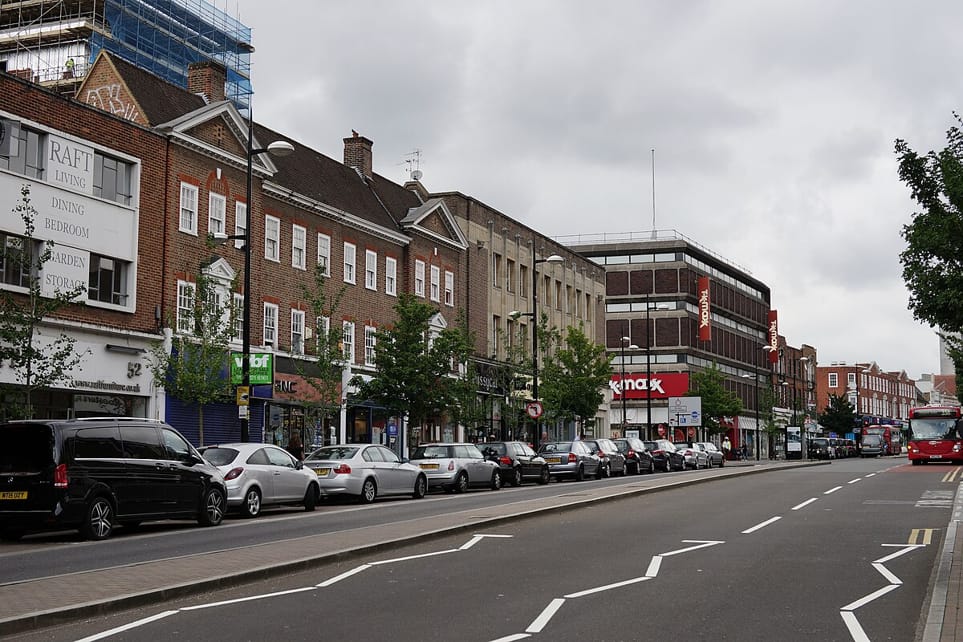Bromley Change of Use: Rewriting the Urban Code in London’s Quiet Giant
A Borough at a Crossroads And the Quiet Power of Reinvention
Walk down any street in Bromley and you’ll find a borough caught between eras. A shuttered post office becomes a Pilates studio. A 1930s corner shop morphs into a sleek two-bedroom flat. A forgotten warehouse begins its new life as a microbrewery. This isn’t gentrification in its clichéd form — it’s adaptive change, deeply woven into Bromley’s character. And at the heart of this evolution? A legal mechanism few outside the property world truly understand: change of use.
Change of use applications in Bromley are quietly reshaping how space is lived in, worked in, and profited from — all without laying a single new foundation.
What is Change of Use, and Why Is It So Powerful in Bromley?
In the simplest terms, a change of use is the formal process of altering the official purpose of a building or land from one use class to another — for example, from commercial (Class E) to residential (Class C3), or from agricultural to industrial.
In a borough like Bromley with its unique combination of dense town centres like Orpington, Beckenham, and Bromley South, plus semi-rural fringes in Biggin Hill and Downe this flexibility becomes a game changer.
Where new development might face resistance, change of use slips in quietly, legally, and efficiently, enabling transformation within existing structures. No cranes, no controversies — just strategic reinvention.
The Local DNA: Why Bromley is a Fertile Ground for Change
What makes Bromley a particularly intriguing case study?
- Surplus Retail Units: Like many London boroughs, Bromley’s high streets are facing post-pandemic voids. Class E usage now covers retail, office, medical, and even indoor sports — and this umbrella makes it easier than ever to reposition struggling units.
- Urban-Rural Blend: With both suburban and countryside zones, Bromley sees agricultural barns turned into yoga retreats, stables converted into wellness lodges, and even chapels reimagined as minimalist live-work studios.
- Developer Appetite Meets Council Strategy: Bromley Council, aiming to reduce pressure on greenbelt development, increasingly supports repurposing of existing spaces — if proposals are sensitive, sustainable, and backed by strong planning logic.
Unusual Transformations: Real Examples from the Borough
- An Old Bank in Penge Becomes an Arts Café
Where financial transactions once echoed, now coffee brews and jazz plays. A Class E (financial) to Sui Generis (mixed use) change that revived a tired high street plot. - Orpington Office Blocks Turned Micro-Flats
Offices vacated during the remote-working shift have been reimagined under permitted development rights — but some developers have gone further, applying for full change of use to reconfigure floor plans for long-term viability. - A Farm Shed in Downe Reborn as a Craft Gin Distillery
Agricultural to light industrial — with a twist. Planning was approved partly on the basis of local employment generation and tourism value. A rural revival story that celebrates Bromley’s village identity.
Planning Permission or Permitted Development? Know the Routes
Not all change of use needs full planning permission. Under Permitted Development Rights (PDR), some transitions are automatic, provided conditions are met. But in Bromley, things are rarely one-size-fits-all.
| From → To | Requires Planning Permission? | Notes |
|---|---|---|
| Office (Class E) → Resi | Often No (PDR applies) | Article 4 Directions may restrict in some town centres |
| Shop (Class E) → Café | Sometimes | May require if external works or ventilation needed |
| Agricultural → Residential | Yes (Most cases) | Subject to location, size, heritage, and highways access |
| Sui Generis → Any Use | Yes | Always requires formal application |
Pro Tip: Bromley has unique policies on conservation zones and greenbelt areas — always check the Local Plan.
How to Make a Successful Application in Bromley
If you’re thinking of submitting a change of use application in Bromley, here’s a roadmap:
- Conduct a Use Class Audit: Know your existing and proposed use. This will shape whether you need full planning or can proceed under PDR.
- Check Local Restrictions: Some zones, especially around Bromley North and Chislehurst, have Article 4 Directions — removing automatic rights.
- Engage the Community Early: In conservation or village areas, early consultation can avoid objections that sink proposals later.
- Invest in a Design and Access Statement: While not always mandatory, it tells the story — and in Bromley, story matters. The more context-aware your narrative, the stronger your case.
- Think Long-Term Use, Not Just Planning Approval: The Council is keen to discourage ‘flash’ conversions. Make sure your new use is viable, sustainable, and serves the community.
Future of Bromley: Adaptive, Agile, and Architecturally Smart
As Bromley evolves, the idea of building more and more is giving way to building smarter. Change of use is at the vanguard of this thinking — it’s not about adding volume, but about adding value.
A boarded-up Victorian corner store can become a bakery with art classes upstairs. A forgotten office block might house young creatives in live-work lofts. Even old phone exchanges are being reimagined as community tech hubs.
Change of use is urban acupuncture — small pinpricks that release pressure, stimulate life, and heal the borough from within.
Conclusion: Bromley’s True Growth Isn’t Vertical — It’s Transformational
In a city obsessed with skylines and skyscrapers, Bromley is teaching a quieter lesson: that evolution doesn’t always require expansion. Sometimes, the most powerful change is repurposing what already exists — with care, creativity, and compliance.
So whether you’re a developer, investor, or a homeowner with vision, the question in Bromley isn’t just what you can build — it’s what you can reimagine.
And that’s where the real opportunity begins.



No responses yet